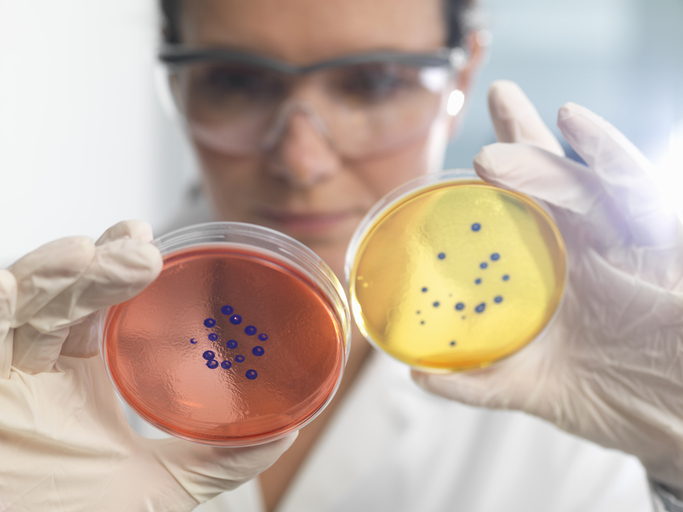Tuesday, July 9, 2024
Bioremediation has emerged as an innovative solution that uses microorganisms to restore disturbed soil and water. These invisible superheroes, such as bacteria and fungi, have somewhat surprising but very useful tastes in food.
By Tomás Muñoz M.
Animals and plants have provided humans with food, energy, and company for millennia, particularly since domestication began in the Neolithic revolution. Today we are immersed in another profound change that affects numerous disciplines and is altering paradigms that seemed untouchable. Energy, economics, and technology are some of the most visible faces of the fourth industrial revolution, but the fact is that life, medicine, and agriculture are also being affected by what is known as biotechnology.
Perhaps one of the most interesting areas in this field is research into the domestication of microorganisms. Just like vegetables, fruits, and farm animals, we can also teach bacteria, protozoa and fungi to work for us. In this regard, we are studying how to use living organisms to eliminate or neutralize certain compounds in disturbed environments, both on land and in the water. This process is known as bioremediation.
But how does it work? These invisible superheroes can metabolize, transform, and accumulate certain substances to convert them into harmless or less harmful products. There are various forms of bioremediation depending on the microorganisms used. For example, phytoremediation uses plants and plant cells to absorb and detoxify heavy metals in affected soils, while microbial bioremediation uses bacteria and fungi to degrade organic compounds such as hydrocarbons and plastics. As biotechnology progresses, new solutions continue to emerge around the world.
At present, there are numerous successful investigations that have broken down the plastic found in the oceans with the help of a fungus that has already made a name for itself in the scientific community: Pestalotiopsis microspora. This member of the fungi kingdom was identified in the Amazon rainforest and is capable of decomposing polyurethane, one of the most common plastic compounds. A search in scientific journals is enough to see that it is one of the major players in bioremediation.
But it's not the only minute being that has plastic on its menu. Out of Japan there is competition from a genetically modified bacterium—Ideonella sakaiensis—which is more interested in breaking down PET, the common plastic in bottles and containers. It was in 2016 that researchers stumbled upon it and shared their discovery. Subsequently, other scientific groups successfully modified the enzyme that works the wonder, resulting in a new molecule capable of breaking down PET even faster than the original microbe.
Heavy metals, hydrocarbons, and more
Not all supermicroorganisms gravitate toward plastic. Others prefer to break down hydrocarbons and convert them into carbon dioxide and water. . That is how the bacterium Alcanivorax borkumensis acts as another star performer, capable of living in hostile environments.
As for the aforementioned phytoremediation, it comes into play when the problem is heavy metal. Here it is plants and plant cells that work to extract and concentrate these materials and bind them in their tissues to enable their safe removal. Among the examples often given is leaf mustard—Brassica juncea—which is popular among experts, as it can accumulate lead, zinc, and cadmium.
But if you want to put supermicroorganisms to work in agriculture, the leading players are Azospirillum and Rhizobium bacteria, among others, which are used to establish nitrogen and thus improve soil fertility.
The list of supermicrobes is quite extensive. So much so that, if the problem is a colorant in a body of water, before calling Batman or Superman, it is better to resort to bacteria such as Pseudomonas putida or fungi such as Phanerochaete chrysosporium. When dealing with organochlorine compounds—such as polychlorinated biphenyls—you will need to call on the bacterium Dehalococcoides mccartyi. Finally, if a toxic element such as arsenic appears in groundwater, the bacterium Geobacter sulfurreducens will put an end to the problem.
Biotechnology is truly taking its first steps towards a future as uncertain as it was 10,000 years ago when agriculture and animal husbandry changed everything. Today, humanity is more aware of the risks involved in what it does, but also of the fact that, if things are done well, we can create an environment where there is no need for super-microorganisms to operate.
¿Te ha parecido interesante?





